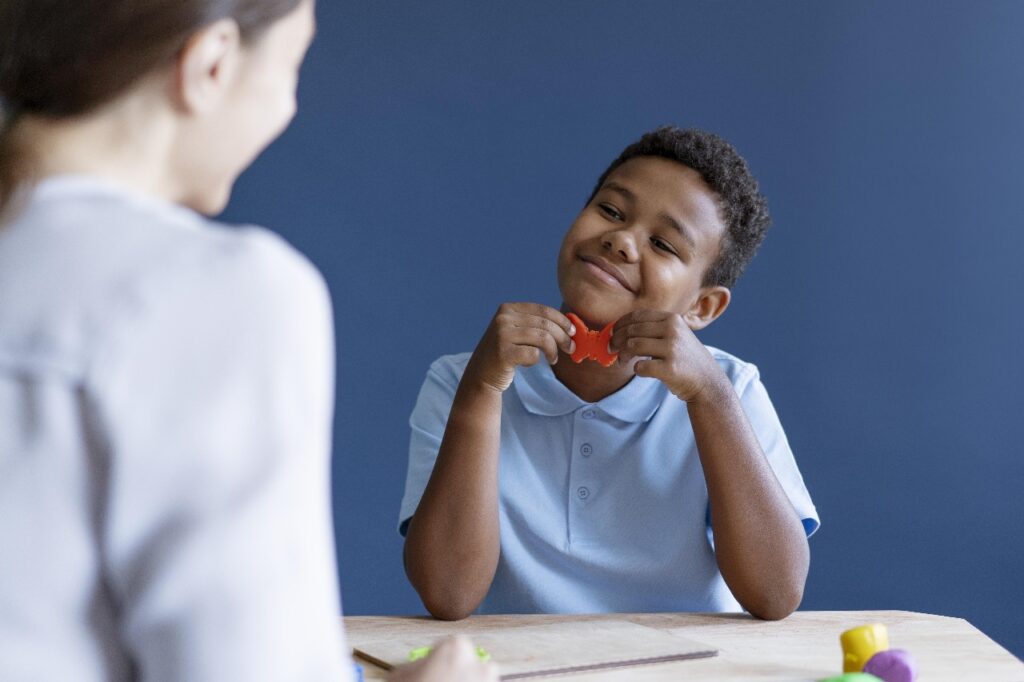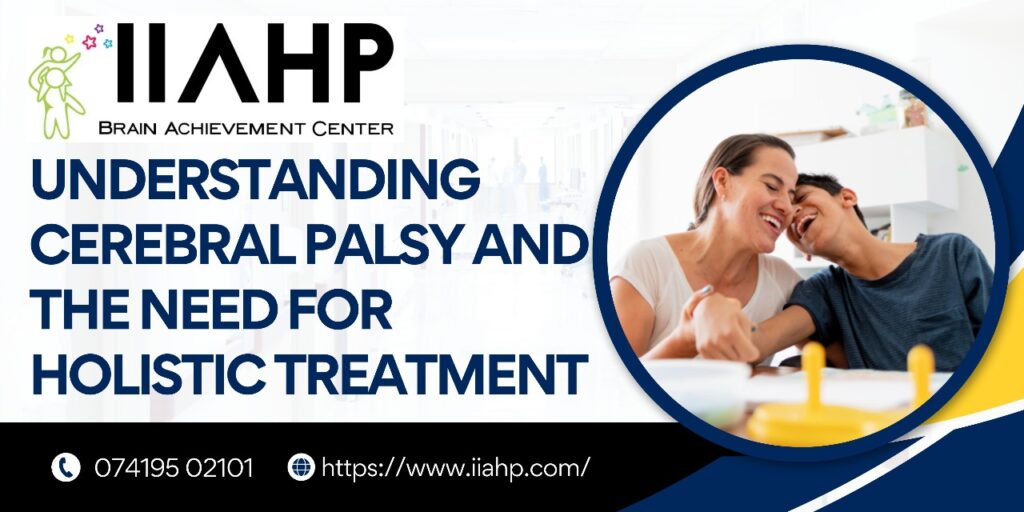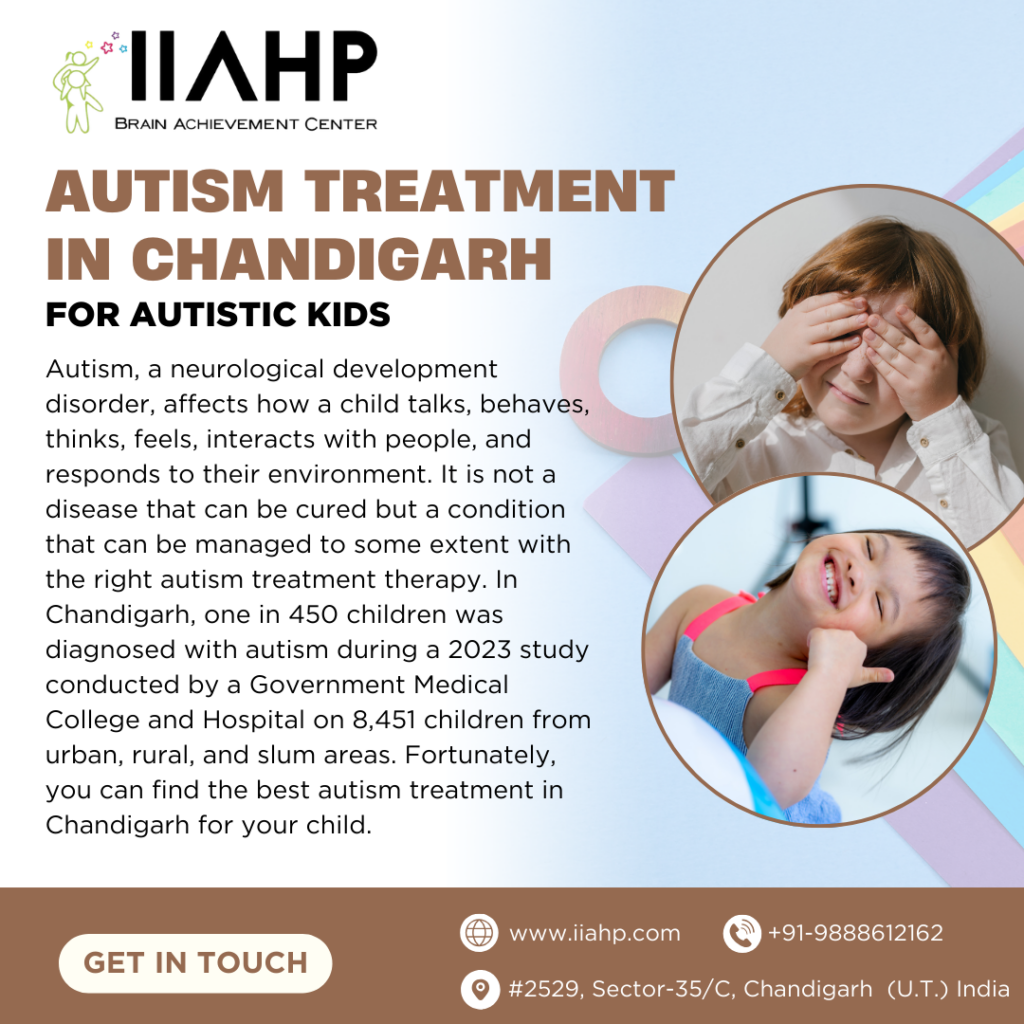Cerebral palsy (CP) is a neurological disorder that affects movement, muscle tone, and posture, often caused by brain damage occurring before, during, or shortly after birth. While the symptoms and severity can vary widely, children with cerebral palsy may experience challenges with motor skills, coordination, communication, and cognitive function.
Early intervention and the right therapeutic approach can make a tremendous difference in a child’s development. That’s where IIAHP (International Institute for Advanced Human Potential) steps in — offering innovative, research-based, and holistic cerebral palsy treatment options that target the root causes and help children reach their full potential.
IIAHP’s Unique Approach to Cerebral Palsy Treatment
At IIAHP, the focus is not just on managing symptoms but on rebuilding neural pathways through intensive and personalized therapies. The institute employs a combination of methods that integrate physical, sensory, cognitive, and behavioral interventions.

Let’s take a closer look at the powerful therapies offered at IIAHP for children with cerebral palsy:
1. Neurodevelopmental Therapy (NDT)
Neurodevelopmental Therapy is one of the core treatment modalities at IIAHP. This therapy is designed to enhance the nervous system’s development through specific patterns of movement, sensory input, and cognitive stimulation. It helps children build strength, balance, and coordination — all crucial for mobility and independence.
2. Reflex Integration Therapy
Many children with cerebral palsy retain primitive reflexes that should naturally fade during infancy. At IIAHP, Reflex Integration Therapy is used to eliminate these retained reflexes, which often interfere with proper motor control and learning. Integrating these reflexes helps improve posture, coordination, and even cognitive function.
3. Sensory Integration Therapy
Sensory processing challenges are common in children with CP. IIAHP offers Sensory Integration Therapy, which focuses on helping children respond appropriately to sensory input such as sound, touch, and movement. By training the brain to process and interpret sensory data effectively, this therapy supports better motor planning and emotional regulation
4. Speech Therapy and Cognitive Development
Communication challenges are common in CP, and Speech Therapy at IIAHP goes beyond articulation. It includes breathing techniques, oral motor exercises, and cognitive activities to develop both verbal and non-verbal communication. For many children, this therapy is life-changing, enabling clearer speech and greater social interaction.
5. Auditory and Visual Stimulation
IIAHP incorporates sound and light therapies to stimulate sensory areas of the brain. These techniques are used to activate the visual and auditory processing centers, helping children improve focus, balance, and coordination.
Why Choose IIAHP for Cerebral Palsy Treatment?
IIAHP is more than just a treatment center — it is a hub for hope, innovation, and transformation. Families choose IIAHP for several key reasons:
Individualized Treatment Plans: Each child receives a customized program tailored to their specific needs and developmental level.
Home Programs: Parents are trained to carry out therapeutic activities at home, ensuring consistency and faster progress.
Proven Success Stories: IIAHP has helped hundreds of children with cerebral palsy achieve improved motor skills, cognitive function, and independence.
YouTube Video here:-
conclusion
Cerebral palsy treatment requires more than routine therapy sessions — it requires passion, precision, and persistence. At IIAHP, children are given the tools and support they need to overcome challenges and thrive.
If you are a parent searching for a solution beyond conventional therapy, consider exploring the wide range of effective treatment options offered by IIAHP. Early action can set the foundation for a brighter future, and IIAHP is here to walk that journey with you.






